Gurk Cathedral. Gurk, Austria. 12th century
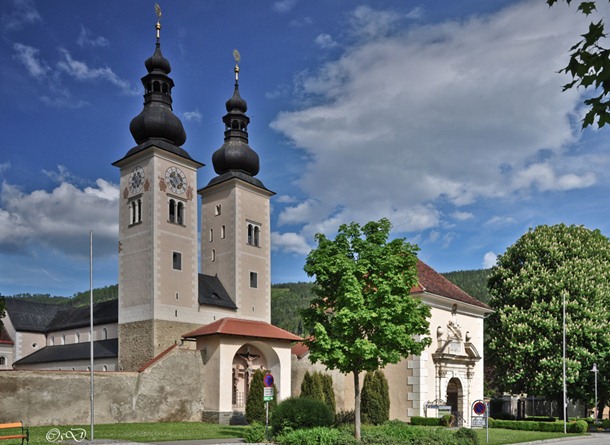 www.sagen.at
www.sagen.at An Austrian basilica located in Gurk, Austria, Gurk Cathedral was built between the 11th and 12th centuries. This basilica is considered as one of the most important Romanesque buildings in the country, as this was where the grave of Saint Hemma of Gurk was originally located. It has a west front with two towers, three apses, a crypt and a gallery.
Notre Dame de Tournai. Tournai, Belgium. 17th century
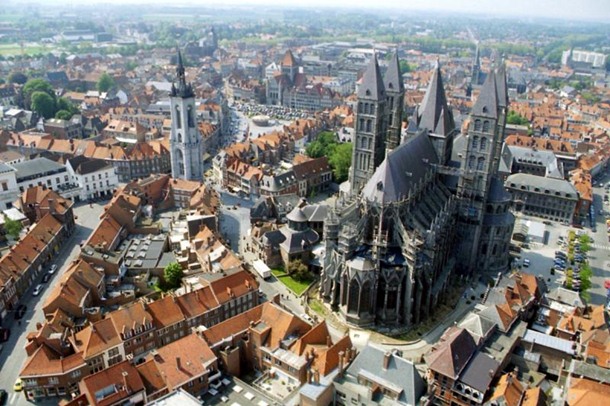 groupe.doctissimo.fr
groupe.doctissimo.fr Completed in 1700, the Notre Dame de Tournai in Belgium is a Roman Catholic Church that has been classified since 1936 as a Wallonia’s major heritage. It features the heavy and severe character of the Romanesque nave with its cluster of five bell towers and semicircular arcs.
St. Longin’s Rotunda. Prague. 12th century
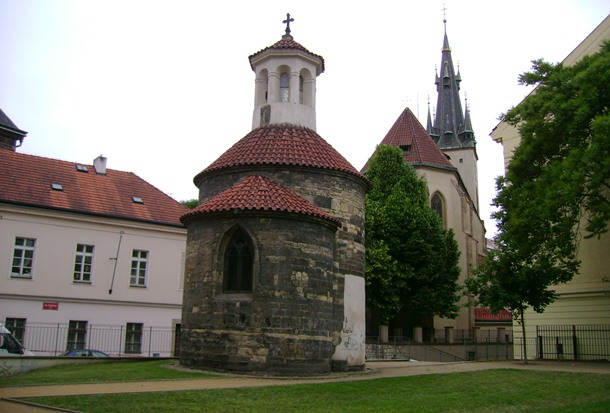 www.geolocation.ws
www.geolocation.ws St. Longin’s Rotunda is among the preserved Romanesque rotundas in the city of Prague in Czech Republic. Founded in the 12th century as a parish church in a small village in Prague, St. Longin’s Rotunda was nearly demolished by the dawn of the 19th century but was saved by Fratisek Palacky.
Church of St. Trophime. Arles, France. 15th century
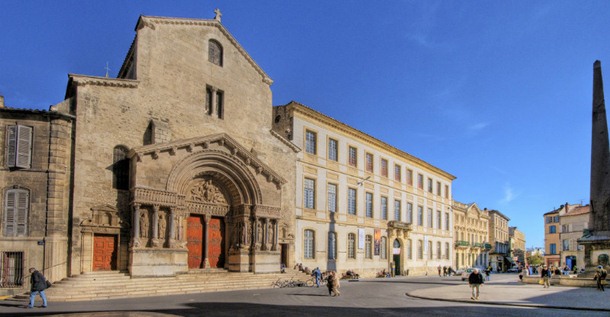 www.provenzafrancia.it
www.provenzafrancia.it A Roman Catholic Church that was built in Arles between the 12th and 15th centuries, the Church of St. Trophime is one of the most important examples of Romanesque architecture in France. The sculptures over its portal, specifically the Last Judgment, as well as the columns in its adjacent cloister, are just some of the finest examples of Romanesque art in Europe.
Abbey Church of Saint Savin sur Gartempe. France. Mid 11th century
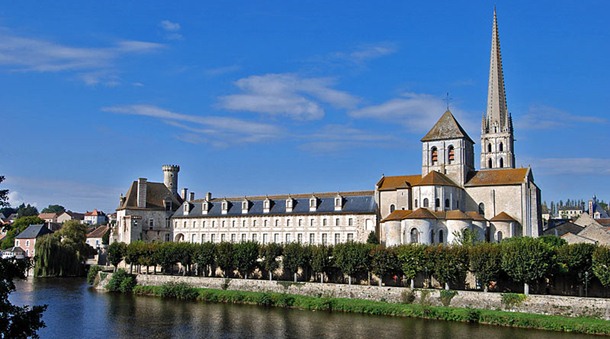 www.paradoxplace.com
www.paradoxplace.com The Abbey Church of Saint Savin sur Gartempe is a Romanesque church that is popular for its 11th and 12th century murals. Recognized as a UNESCO World Heritage in 1983, this church features a square tower over its crossing as well as five radial chapels in its polygonal apse.
Bamberg Cathedral. Bamberg, Germany. 13th century
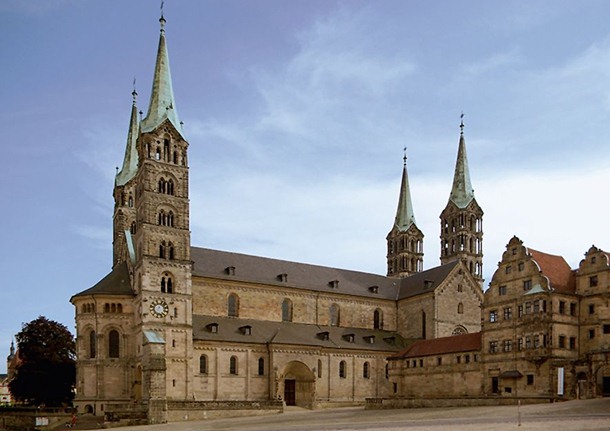 www.enciklopedija.hr
www.enciklopedija.hr Completed in the 13th century, Bamberg Cathedral is a Roman Catholic Church that was founded in 1002 by Emperor Henry II. This late Romanesque building is also the seat of the Archbishop of Bamberg and is known for its four imposing towers. It was partially destroyed by fire in 1081 but was restored in 1111 in its late-Romanesque form.
Clonfert Cathedral. Clonfert, County Gateway, Ireland. 12th century
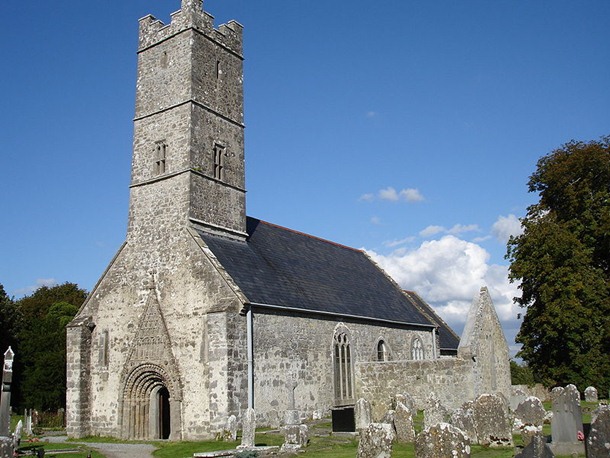 www.gaeltacht.de
www.gaeltacht.de A cathedral of the Church of Ireland in Clonfert, this building is located in the ecclesiastical province of Dublin and was previously known as the cathedral of the Diocese of Clonfert. The doorway of this cathedral is the crowning achievement of Hiberno-Romanesque style. It features a range of motifs, animal heads, foliage and human heads.
San Liberatore a Maiella. Abruzzo, Italy. 11th century
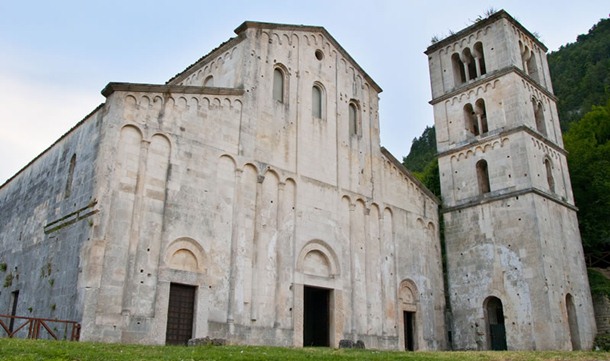 www.parcomajella.it
www.parcomajella.it Traditionally linked to Charlemagne, San Liberatore a Maiella is an abbey in Abruzzo, Italy that features the character in a fresco fragment in it. It was originally built in the 9th century but it was rebuilt in the 11th century by Desiderius to adopt a white façade with balanced volumes, a square plan tower with three floors, and mullioned windows. The façade of this abbey features the Lombard-Romanesque architectural style.
Modena Cathedral. Modena, Italy. 12th century
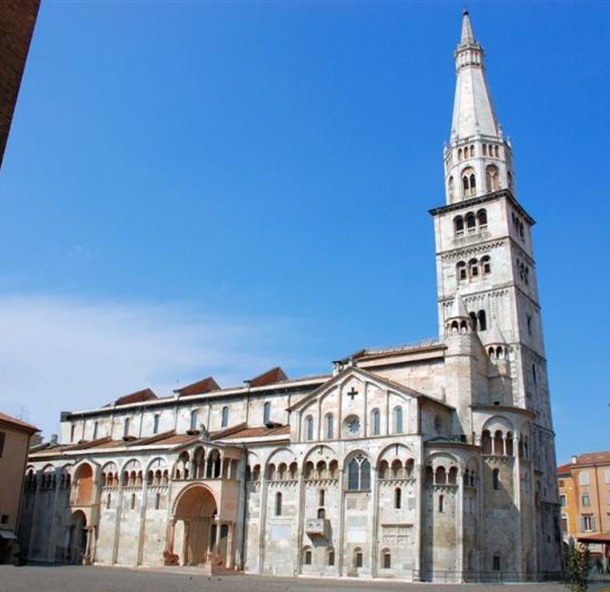 www.senioragency.cz
www.senioragency.cz A Roman Catholic Romanesque Church located in Modena, Italy, the Modena Cathedral is one of the most important Romanesque buildings in Europe and is considered a World Heritage Site. The façade of this church has notable reliefs by Wiligelmus, including portraits and patriarchs, while its interior is divided into three naves.
Basilica of Saint Servatius. Maastricht, the Netherlands. 11th century
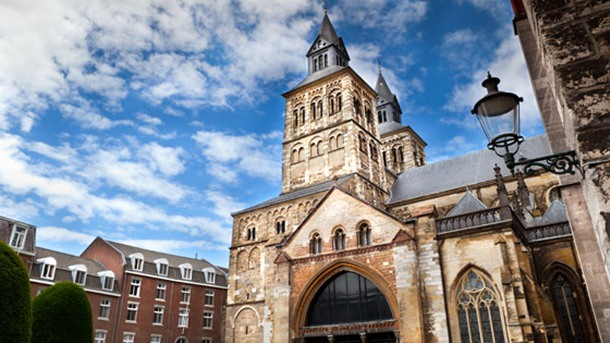 www.standaard.be
www.standaard.be A Roman Catholic Church in Maastricht, Netherlands dedicated to Saint Servatius, the Basilica of Saint Servatius is a Romanesque church situated next to the Gothic Church of Saint John. The present building conveys a mixture of different architectural styles but it is predominantly Romanesque because of the architectural sculptures that fill its interior and exterior.
Gniezno Doors. Gniezno, Poland. 12th century
 www.panoramio.com
www.panoramio.com A pair of bronze doors that faces the entrance of the Gothic Gniezno Cathedral in Gniezno, Poland, the Gniezno Doors is considered as one of the most significant works of Romanesque art in Poland. Historians believe that these doors were made in 1175 during the reign of Mieszko. They feature eighteen scenes in bas-relief from the life of St. Adalbert.
St. Peter and Paul Collegiate Church. Kruszwica, Kuyavia. 1120
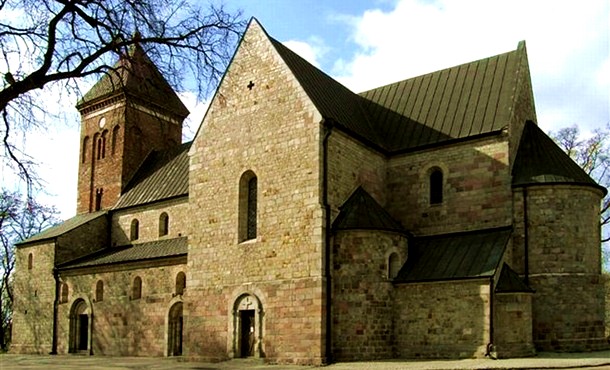 regionwielkopolska.pl
regionwielkopolska.pl St. Peter and Paul Collegiate Church is a Romanesque edifice located in Kruszwica, Kuyavia. Founded in 1120, this Romanesque piece of art that is made of sandstone and granite features a transept, presbytery and apse that are very characteristic of the Romanesque architectural style.
St. Andrew’s Church. Krakow, Poland. 1079-1078
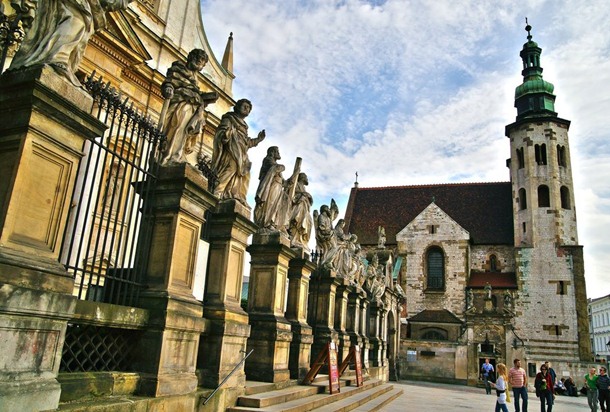 citizenfresh.deviantart.com
citizenfresh.deviantart.com Built between 1079 and 1098, St. Andrew’s church in the Old Town district of Poland is a Romanesque church designed by a medieval Polish statesman Palatine Sieciech. This church was made for defensive purposes and is one of the few living examples of European fortress churches.
Lisbon Cathedral. Lisbon, Portugal. 1147
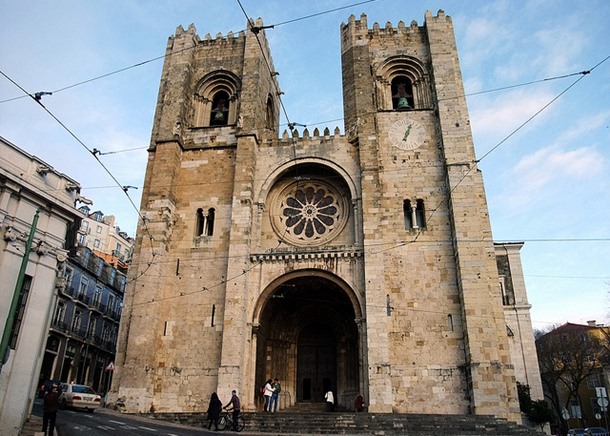 www.flickr.com
www.flickr.com Lisbon Cathedral, more popularly known as the Patriarchal Cathedral of St. Mary Major, is the oldest church in the city of Lisbon and features a mix of different architectural styles. It was first built in 1147 but has undergone several reconstructions due to earthquakes. This cathedral has interesting sculptured capitals with Romanesque motifs and its nave is covered by barrel vaulting. It is also popular for its Romanesque iron gate.
St. Martin’s Cathedral. Spisske Podhradie, Slovakia. 13th-15th centuries
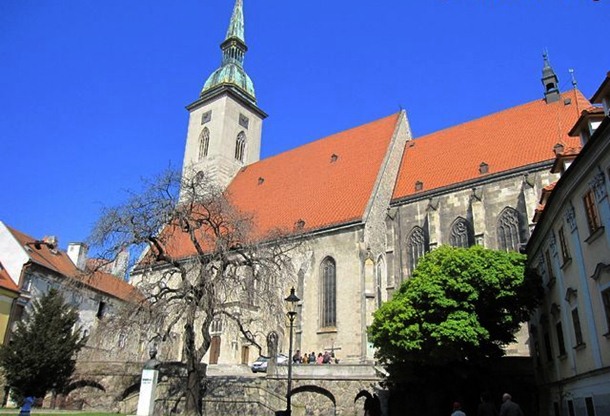 www.schoener.org
www.schoener.org Considered as the largest and most interesting Romanesque cathedrals in Slovakia, St. Martin’s Cathedral contains medieval carved altars that serve as the resting place of many Lords in Slovakia. Inside the cathedral lie the carved marble tombstones of the Zapolsky Family and wall paintings depicting the coronation of Charles Robert of Anjou.
Basilica of San Isidoro. Leon, Spain. 10th century
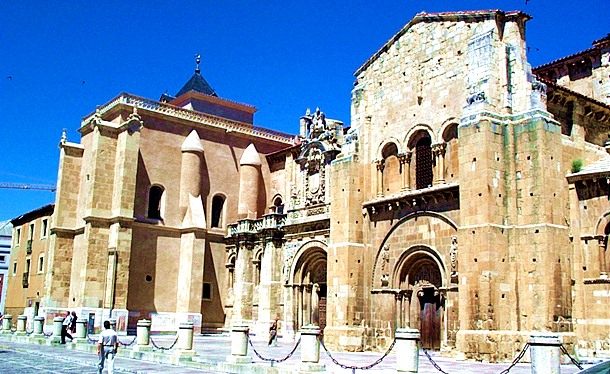 hoplitacarabanchel.wordpress.com
hoplitacarabanchel.wordpress.com Located on the site of the ancient Roman temple, the Basilica of San Isidro in Leon, Spain was rededicated in 1063 to Saint Isidoro of Seville. It was built mostly in Romanesque style. Among its most notable features are its arches crossing the transept of the church and the carved tympanum of the Puerta La Cordero.
Lund Cathedral. Lund, Scania, Sweden. 1145
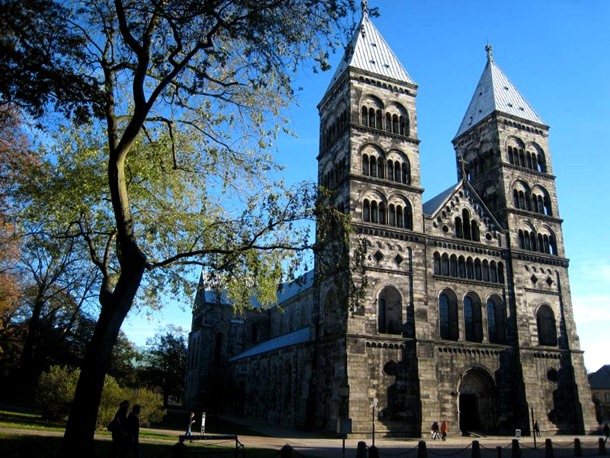 aroundworld.su
aroundworld.su Known as the Lutheran cathedral of Lund, Sweden, Lund Cathedral is the seat of the bishop of Lund and was built of sandstone following the Romanesque style of Lombardy and the Rhine region. These influences can be seen in its floor plan, crypt and the arched gallery decorating its apse.
Grossmunster. Zurich, Switzerland. 1100-1120
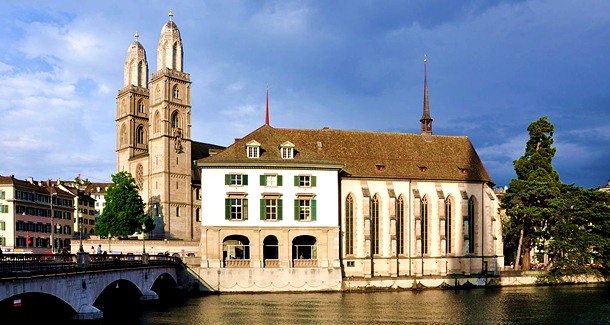 commons.wikimedia.org
commons.wikimedia.org Grossmunster is a Romanesque-style Protestant Church located in Zurich, Switzerland. One of the three major churches in the city, this church is part of the first Pan-European architectural trend since the Imperial Romanesque Architecture. It has a great carved portal with medieval columns.
Durham Cathedral. Durham, England. 1093
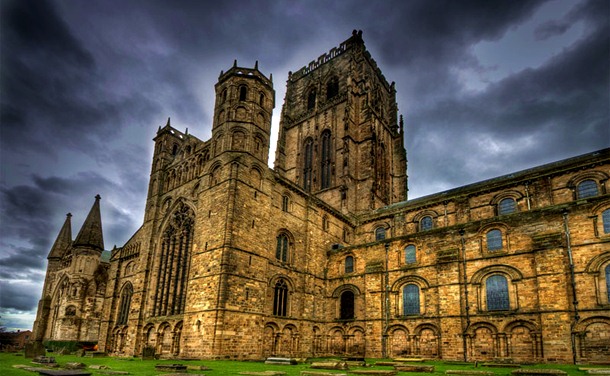 www.karminphotography.co.uk
www.karminphotography.co.uk Known as the seat of the Anglican Bishop of Durham, Durham Cathedral was designed by William of St. Carilef and is notable for the ribbed vault of its nave roof. It also has pointed transverse arches and massive drum columns. Its features seem like precursors of Gothic architecture but it is generally Romanesque in style.
Dunnottar Castle. Aberdeenshire, Scotland.15th-16th centuries
 www.dunnottarcastle.co.uk
www.dunnottarcastle.co.uk A ruined medieval fortress located in Aberdeenshire, Scotland, the Dunnottar Castle is a Romanesque castle comprised of three main wings set out around a quadrangle and features an elaborate oak ceiling.
Salamanca Cathedral. Salamanca, Spain. 1513-1733
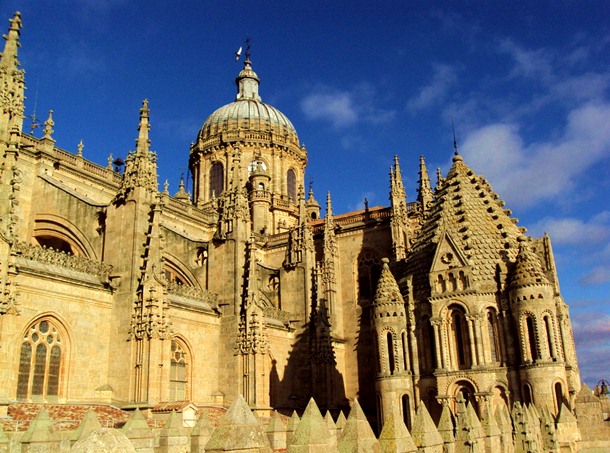 studyabroad.blogs.bucknell.edu
studyabroad.blogs.bucknell.edu The Old Salamanca Cathedral was originally built in the 15th century and adopted the Romanesque architectural style. When it was rebuilt in the 17th century, the style was already becoming less popular so it adopted the Gothic style, though it retained most of its Romanesque character through its bell tower and transept.
Wachock Abbey. Wachock, Poland. 1179
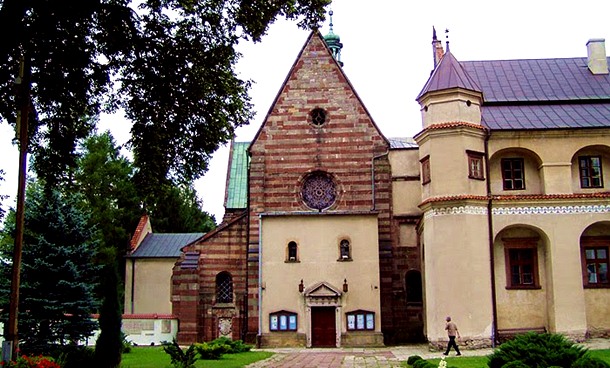 www.mapsofall.com
www.mapsofall.com Built in 1179, the Wachock Abbey is best known for its Romanesque architectural style. It is recognized as one of the most precious Romanesque monuments in Poland. It was founded by Cistercian monks who came to Poland during the early 12th century.
Porto Cathedral. Porto, Portugal. 1737
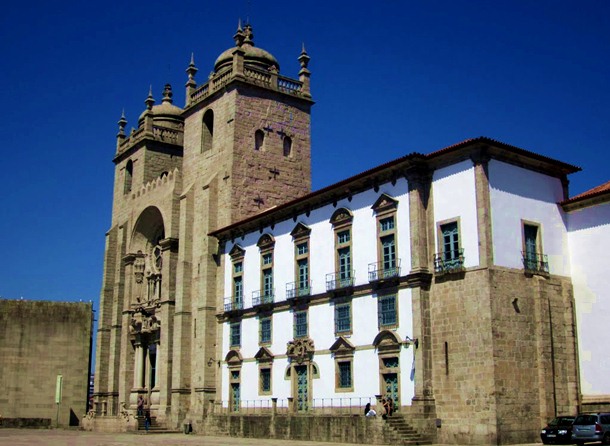 www.panoramio.com
www.panoramio.com Located in Oporto, Portugal, the Oporto Cathedral is one of the oldest cathedrals in the city and is one of the most important Romanesque monuments in the whole of Portugal. It is flanked by two square towers supported by buttresses and crowned by a cupola.
Santa Maria Maggiore. Veneto, Italy. 11th century
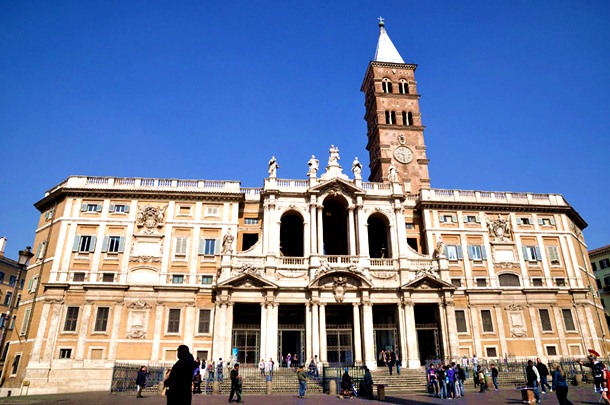 www.rome.net
www.rome.net A church in Gazzo, Italy, the Santa Maria Maggiore was originally built In the 9th century but was rebuilt during the 11th century adopting the Romanesque architectural style. 9th century mosaics fill the interior of this cathedral.
S. Nicola di Trullas Cathedral. Sartinia, Italy.1113
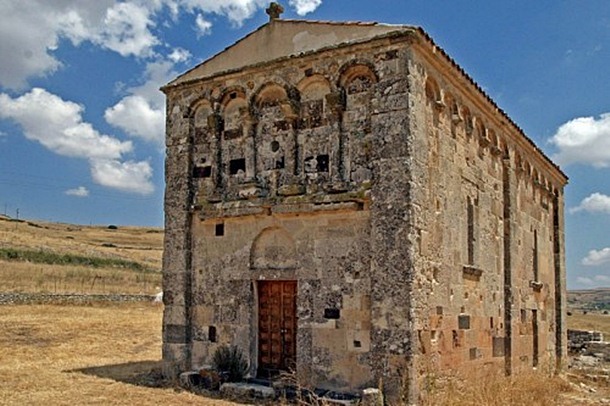 rete.comuni-italiani.it
rete.comuni-italiani.it S. Nicola di Trulla Cathedral was built in 1113 as a countryside church in the province of Sassari, Italy. It was assigned by Camaldolese monks and stands as an example of Pisan-Lombardy Romanesque architecture with its cross vaults and frescoes.



























